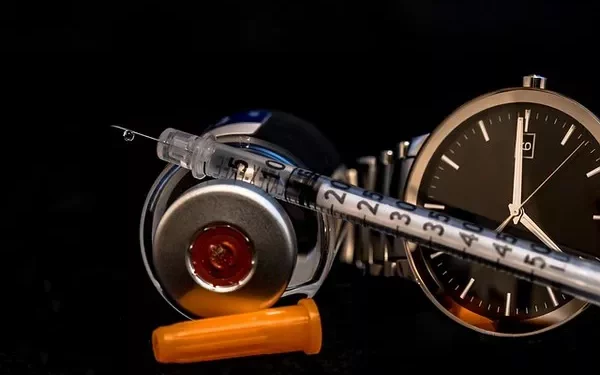Managing high blood sugar levels is crucial for individuals with diabetes. Rapidly reducing elevated glucose levels can prevent complications and promote overall health. This guide provides detailed strategies to lower blood sugar quickly and effectively.
Understanding High Blood Sugar
High blood sugar, or hyperglycemia, occurs when glucose accumulates in the bloodstream. Causes include:
- Insufficient insulin production or action
- Excessive carbohydrate intake
- Physical inactivity
- Stress or illness
Symptoms may involve frequent urination, increased thirst, fatigue, and blurred vision. Recognizing these signs is essential for timely intervention.
Immediate Actions to Lower Blood Sugar
1. Engage in Physical Activity
Exercise enhances insulin sensitivity, allowing muscles to utilize glucose efficiently. Activities like brisk walking, cycling, or light jogging can significantly reduce blood sugar levels. Even a 15-minute walk can make a difference.
2. Hydrate with Water
Drinking water helps flush excess glucose through urine and prevents dehydration. Aim for 8-10 glasses daily, adjusting based on activity level and climate.
3. Consume High-Fiber Foods
Fiber slows glucose absorption, stabilizing blood sugar. Incorporate foods like:
- Leafy greens
- Whole grains
- Legumes
- Nuts and seeds
4. Monitor Blood Sugar Levels
Regular blood sugar monitoring provides insight into glucose trends, aiding in timely adjustments to diet and activity.
Dietary Strategies for Blood Sugar Control
1. Balanced Meals
Combine carbohydrates with proteins and healthy fats to slow glucose absorption. For example, pair whole-grain bread with lean protein and avocado.
2. Portion Control
Managing portion sizes prevents excessive glucose intake. Use smaller plates and be mindful of serving sizes.
3. Limit Simple Carbohydrates
Reduce intake of sugary foods and beverages. Opt for complex carbohydrates that provide sustained energy.
4. Incorporate a diabetic diet
Following a structured diet plan tailored for diabetes can aid in maintaining stable blood sugar levels.
Lifestyle Modifications
1. Stress Management
Stress hormones can elevate blood sugar. Techniques like meditation, deep breathing, and yoga can help manage stress.
2. Adequate Sleep
Sleep deprivation affects insulin sensitivity. Aim for 7-9 hours of quality sleep each night.
3. Regular Physical Activity
Engage in at least 150 minutes of moderate-intensity exercise weekly. Activities can include walking, swimming, or cycling.
When to Seek Medical Attention
Consult a healthcare professional if:
- Blood sugar remains consistently high despite interventions
- Experiencing symptoms of diabetic ketoacidosis (e.g., nausea, vomiting, abdominal pain)
- Unsure about medication adjustments
Conclusion
Rapidly lowering high blood sugar involves a combination of immediate actions, dietary adjustments, and lifestyle changes. Regular blood sugar monitoring and adherence to a diabetic diet are essential components of effective diabetes management. Always consult with healthcare professionals for personalized advice.
Related topics:
How to Check Blood Sugar Levels Without a Machine


























